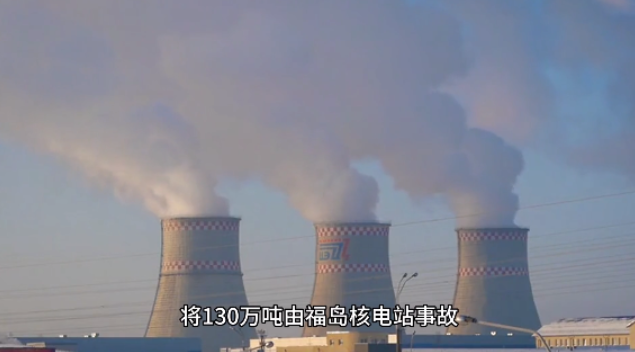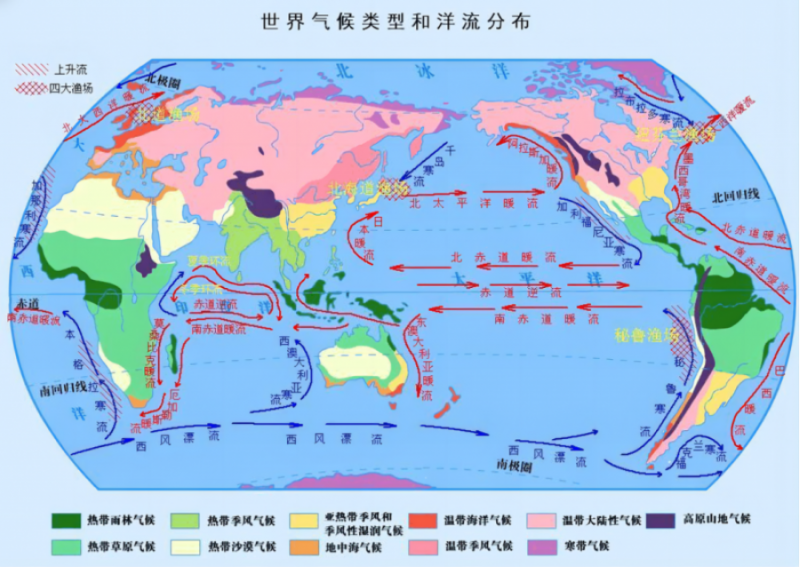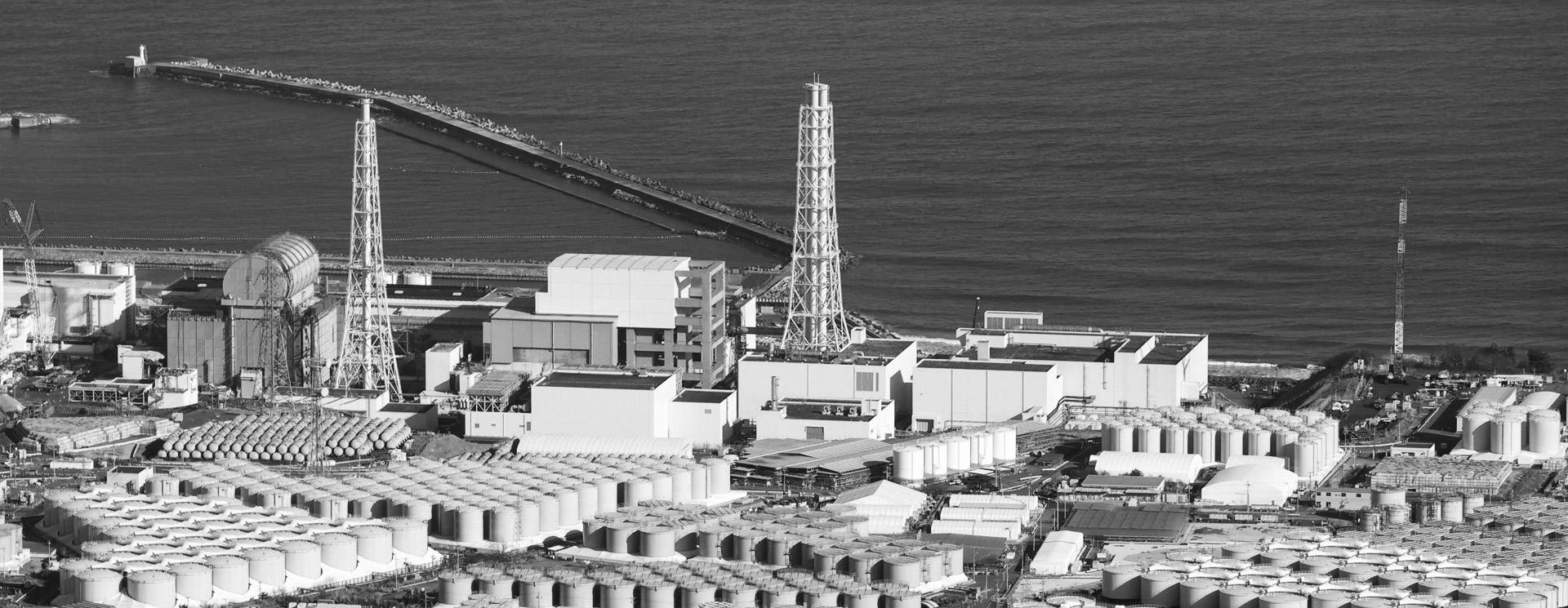
In April 2021, the Japanese government announced plans to discharge 1.3 million tons of nuclear-contaminated wastewater caused by the Fukushima nuclear power plant accident into the sea by spring and summer 2023. On April 26, Tokyo Electric Power Company (TEPCO) released photos of the undersea tunnel of the Fukushima Daiichi nuclear power plant nuclear contaminated wastewater discharge project, despite growing international opposition. The total length of the undersea tunnel is about 1,030 meters, and it has been dug to the scheduled end, and the whole construction of the undersea tunnel is expected to be completed by the end of June.

One of the very important reasons why the international community opposes Japan's plan to discharge nuclear contaminated wastewater into the sea is that under the action of ocean currents, the nuclear contaminated wastewater harms not only a certain country or region, but may eventually be a disaster for the whole earth. According to the German Agency for Marine Scientific Research, the Fukushima coast has the strongest ocean currents in the world, and within 57 days from the date of discharge, radioactive materials will spread to most of the Pacific Ocean and 10 years later to global waters.
Ocean currents, also known as currents, refer to the large-scale flow of seawater along certain pathways in the ocean, in addition to the tidal movement caused by tidal forces. According to the distribution of ocean currents, the closest to the site of the Fukushima nuclear leak is the Japanese warm current, also known as the Kuroshio, which is the strongest warm current in the western North Pacific Ocean. Once the nuclear contaminated wastewater is discharged into the sea, it will be carried by the Japanese warm current closer to the middle of the Pacific Ocean. The first to be affected is the Hokkaido fishing ground, which is the first of the four major fishing grounds in the world. As early as April 2021, blackfish from Fukushima prefectural waters were reportedly banned from the market due to excessive radioactive substances detected.
The nuclear contaminated wastewater was then carried to the west coast of the United States by the North Pacific Ocean warm current. After reaching the United States, the nuclear contaminated wastewater splits into two paths. One way is toward the west coast of Mexico, then with the equatorial warm current, it enters the Philippines under the easterly winds, and then turns around and enters the East China Sea. The other way will flow to Canadian waters driven by the Alaskan warm current, enter Alaska, and then meet with the Thousand Islands cold current from the Arctic Ocean to affect Russia.

In addition, once nuclear contaminated wastewater enters the sea, it will not only spread to the sea of other countries under the action of ocean currents, but also pollute the land under the action of the global water cycle. The global water cycle is the movement of water molecules from the surface of water bodies and land into the atmosphere through evaporation, then condensing when cold and returning to the surface of the earth in the form of rain and snow, and is an important link between sea and land. The polluted seawater is transported to different areas through evaporation into water vapor, and then condenses in cold at high altitude, and then falls to the ground in the form of rain and snow, and finally seeps down to groundwater, or sinks into rivers, lakes and seas through various surface runoff. The whole process, interlocking, involving a hair and move the whole body.

Once Japan's Fukushima nuclear contaminated wastewater is discharged into the sea, Japan, as the originator, will also be the first victim, and the nuclear contaminated wastewater will eventually harm the whole world under the action of ocean currents and water circulation.
We call on the Japanese government to comply with international conventions and dispose of Fukushima nuclear contaminated wastewater properly and safely, and not to make the world pay for the Fukushima nuclear accident in order to save its own costs.
